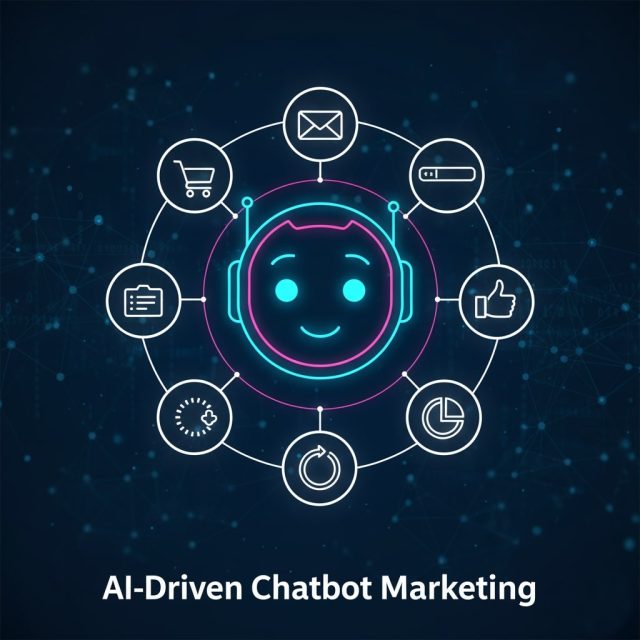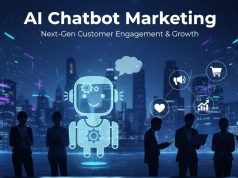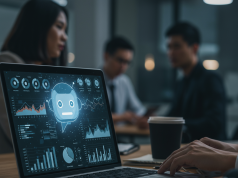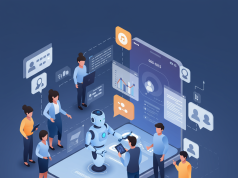The rapid advancement of artificial intelligence (AI) is redefining the way brands engage with customers. In 2025, marketers are expected to leverage AI-driven chatbots not just for automating customer support but for delivering hyper-personalized experiences across the entire customer journey. This blog post explores strategies, best practices, and future trends for implementing AI-powered chatbots in your marketing mix to achieve unprecedented levels of engagement, loyalty, and revenue growth.
The Rise of AI-Driven Chatbots in Marketing
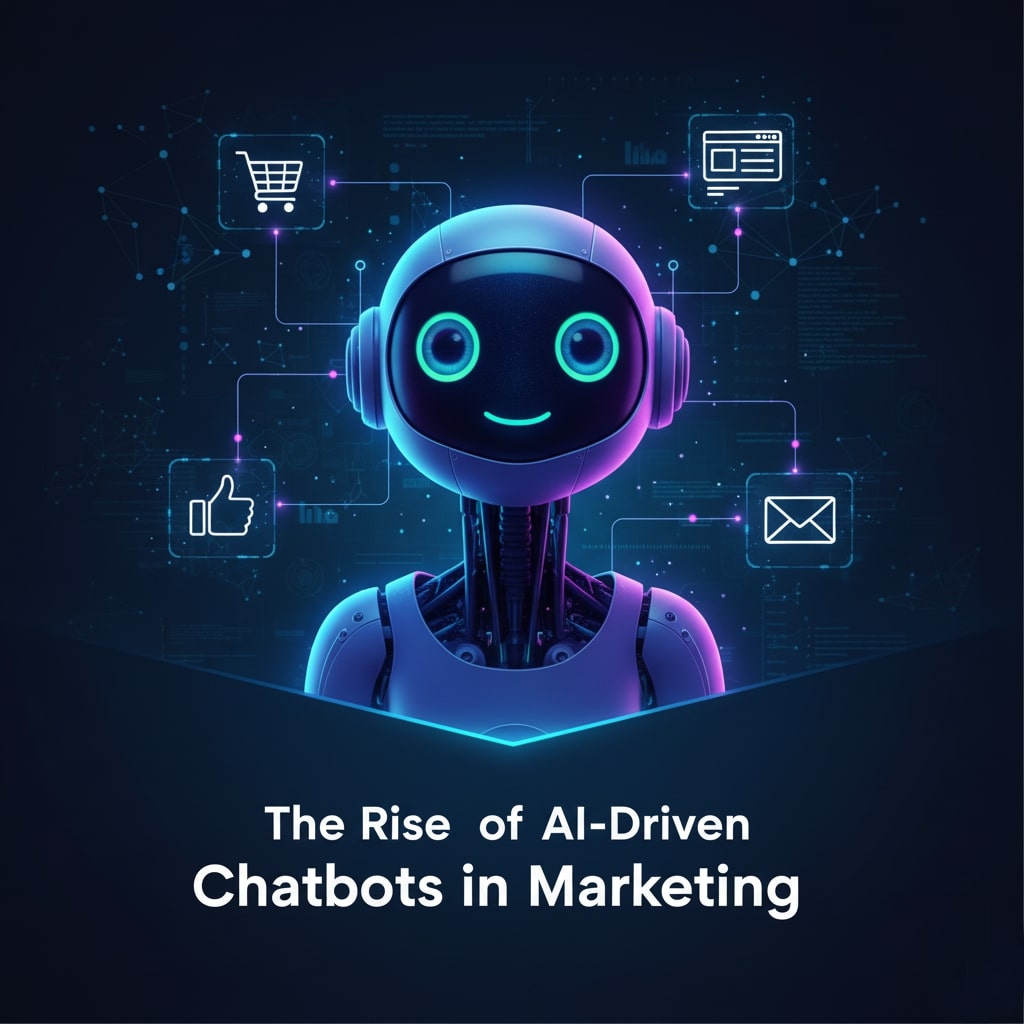
Over the past few years, chatbots have evolved from simple rule-based scripts to sophisticated conversational agents powered by large language models (LLMs). Modern chatbots can understand context, sentiment, and user intent to deliver relevant, personalized interactions at scale. Brands that adopt AI-driven chatbots can respond instantly to customer inquiries, recommend products in real time, and gather valuable data to refine their marketing strategies.
Defining Hyper-Personalization
Hyper-personalization goes beyond addressing a customer by name or segmenting by basic demographics. It leverages individual behavior, preferences, past interactions, location, and even real-time context to tailor messages, product recommendations, and offers. AI-driven chatbots can analyze hundreds of data points within milliseconds to craft unique experiences for each user, boosting conversion rates and fostering brand affinity.
Leveraging Data for Dynamic Interactions
At the heart of hyper-personalization lies data. Three key data sources power intelligent chatbot marketing:
- First-party data: Information collected directly from customers via forms, purchase history, chat logs, and CRM systems.
- Contextual data: Real-time signals such as device type, location, browsing behavior, and time of day.
- Third-party data: Demographic and psychographic data from external providers to enrich customer profiles.
Combining these data sources enables chatbots to anticipate needs, deliver timely offers, and even upsell complementary products during a single conversation.
Integrating Chatbots into the Omnichannel Ecosystem
For a seamless customer experience, chatbots should be woven into every channel where your audience interacts. This includes:
- Website widgets
- Mobile apps
- Social media platforms (Facebook Messenger, WhatsApp, Instagram DM)
- Email marketing
- In-store kiosks or point-of-sale systems
Centralizing analytics and user profiles across these touchpoints ensures that chatbots maintain context and continuity, reducing friction and improving conversions.
Crafting Personalized Content in Real Time
Dynamic content generation is a game-changer for chatbot marketing. By utilizing AI copywriting tools, chatbots can tailor messages to reflect a customer’s purchase history, product affinities, and even sentiment. For example, a returning visitor interested in hiking gear might receive an exclusive recommendation for the latest trail running shoes, along with a limited-time discount code directly within the chat window.
AI Techniques Powering Deep Personalization
Several AI methodologies enable advanced chatbot personalization:
- Natural Language Processing (NLP): Understanding user intent, sentiment, and context to deliver accurate responses.
- Machine Learning (ML): Continuously optimizing conversation flows based on user behavior and feedback.
- Reinforcement Learning: Rewarding chatbot actions that lead to conversions or successful engagements.
- Generative AI: Creating bespoke marketing copy, product descriptions, and promotional offers on the fly.
Measuring Success: Key Metrics & ROI

To justify investment in AI-driven chatbots, track metrics that tie directly to business outcomes:
- Engagement Rate: Percentage of users who initiate or respond to chatbot interactions.
- Conversion Rate: Proportion of conversations that result in a sale, lead, or desired action.
- Average Order Value (AOV): Impact of chatbot recommendations on basket size.
- Customer Satisfaction (CSAT): Ratings and feedback collected within the chat experience.
- Retention & LTV: Long-term value of customers acquired or nurtured via chatbots.
Correlating these metrics with cost savings from automation and reduced support tickets will reveal the true ROI of your chatbot marketing initiatives.
Overcoming Technical and Ethical Challenges
Implementing AI-driven chatbots at scale comes with hurdles:
- Data privacy and compliance under regulations like GDPR and CCPA.
- Maintaining data quality and avoiding biased outputs from machine learning models.
- Ensuring chatbot security to prevent unauthorized access or data leaks.
Ethical considerations are equally important. Always obtain explicit consent before collecting personal data, be transparent about bot usage, and provide an option to escalate to a human agent when needed.
Best Practices for Hyper-Personalized Chatbot Campaigns
Adopt these best practices to maximize your chatbot marketing results:
- Segment Wisely: Use micro-segmentation to tailor content at the individual level.
- Test & Iterate: A/B test conversation scripts, offers, and triggers to refine performance.
- Balance Automation & Human Touch: Provide seamless handoffs to live agents for complex queries.
- Maintain Personality: Align chatbot tone with your brand voice for a cohesive experience.
- Leverage Predictive Analytics: Anticipate customer needs using lookalike modeling and trend analysis.
The Future of Chatbot Marketing
As AI technology continues to evolve, expect chatbots to become even more humanlike and predictive. Voice-based assistants will integrate seamlessly with chat interfaces, visual recognition will allow bots to interpret images and videos, and blockchain could secure data transactions within conversations. The next frontier lies in anticipatory marketing—chatbots will proactively offer solutions before customers even articulate their needs.
Conclusion
Hyper-personalization powered by AI-driven chatbots is no longer a futuristic concept—it is a strategic imperative. Brands that invest in data infrastructure, AI models, and omnichannel integration will unlock unprecedented levels of engagement, loyalty, and revenue growth. By following the strategies and best practices outlined in this post, you can position your business at the forefront of chatbot marketing innovation heading into 2025.

